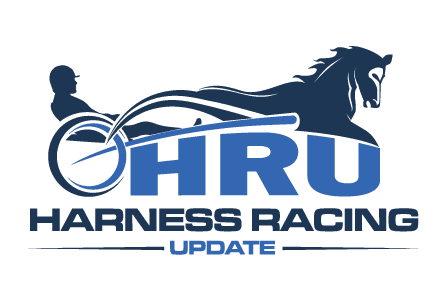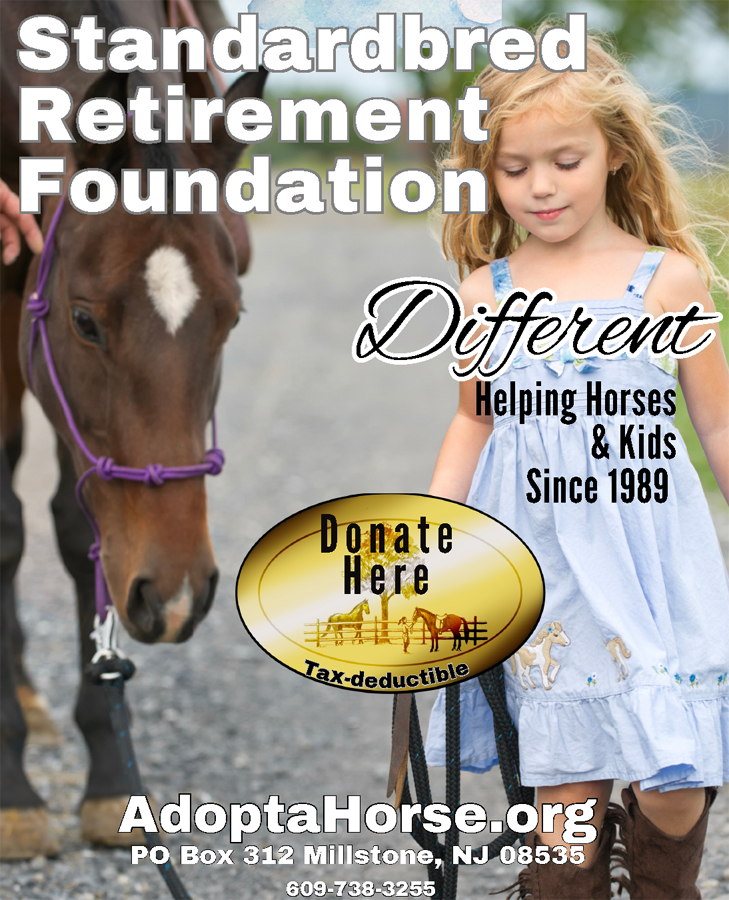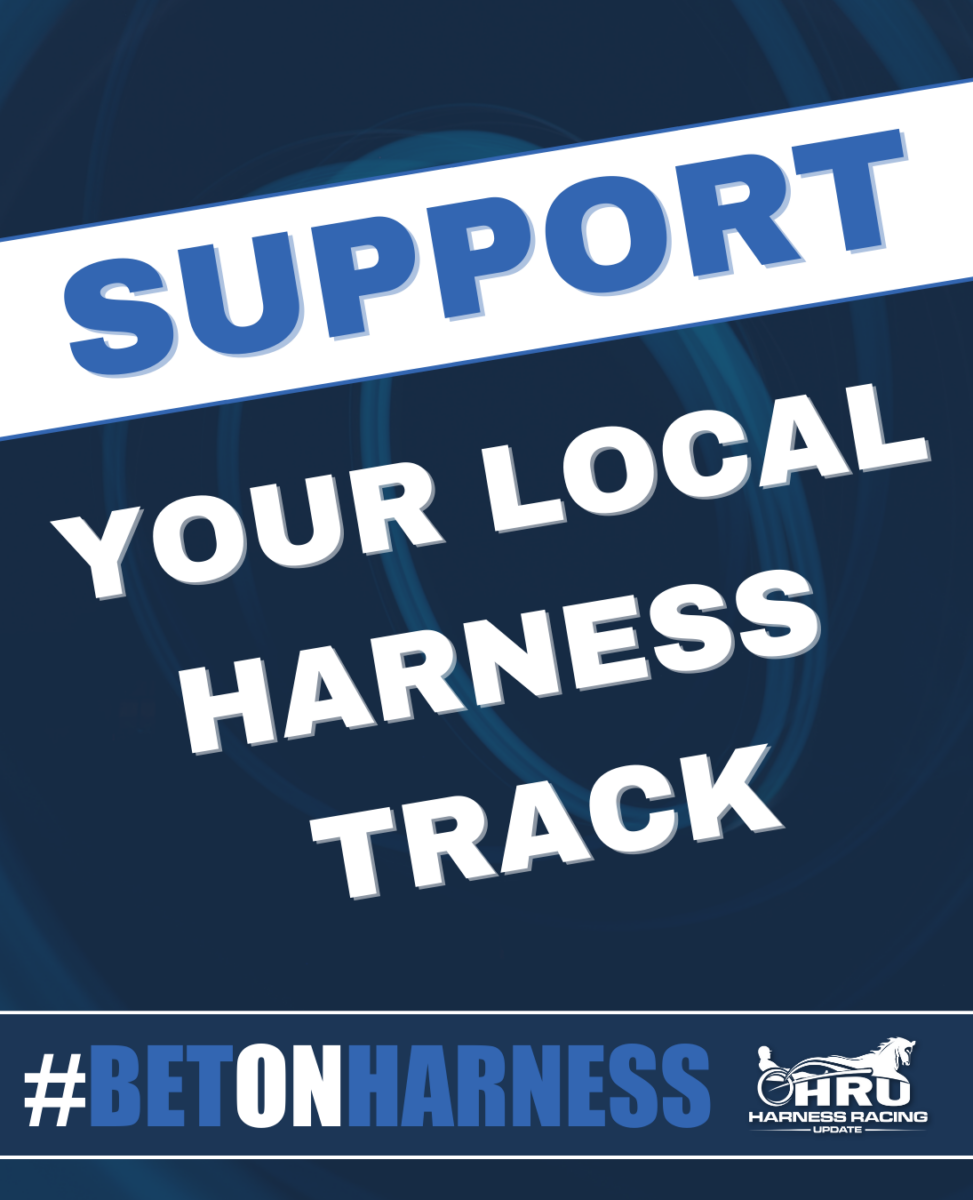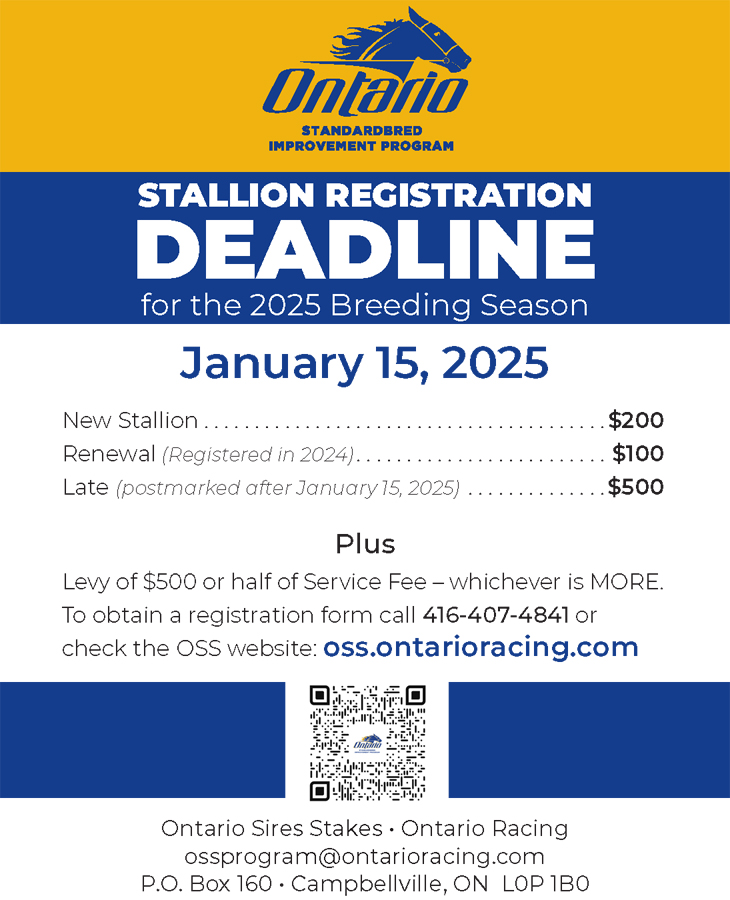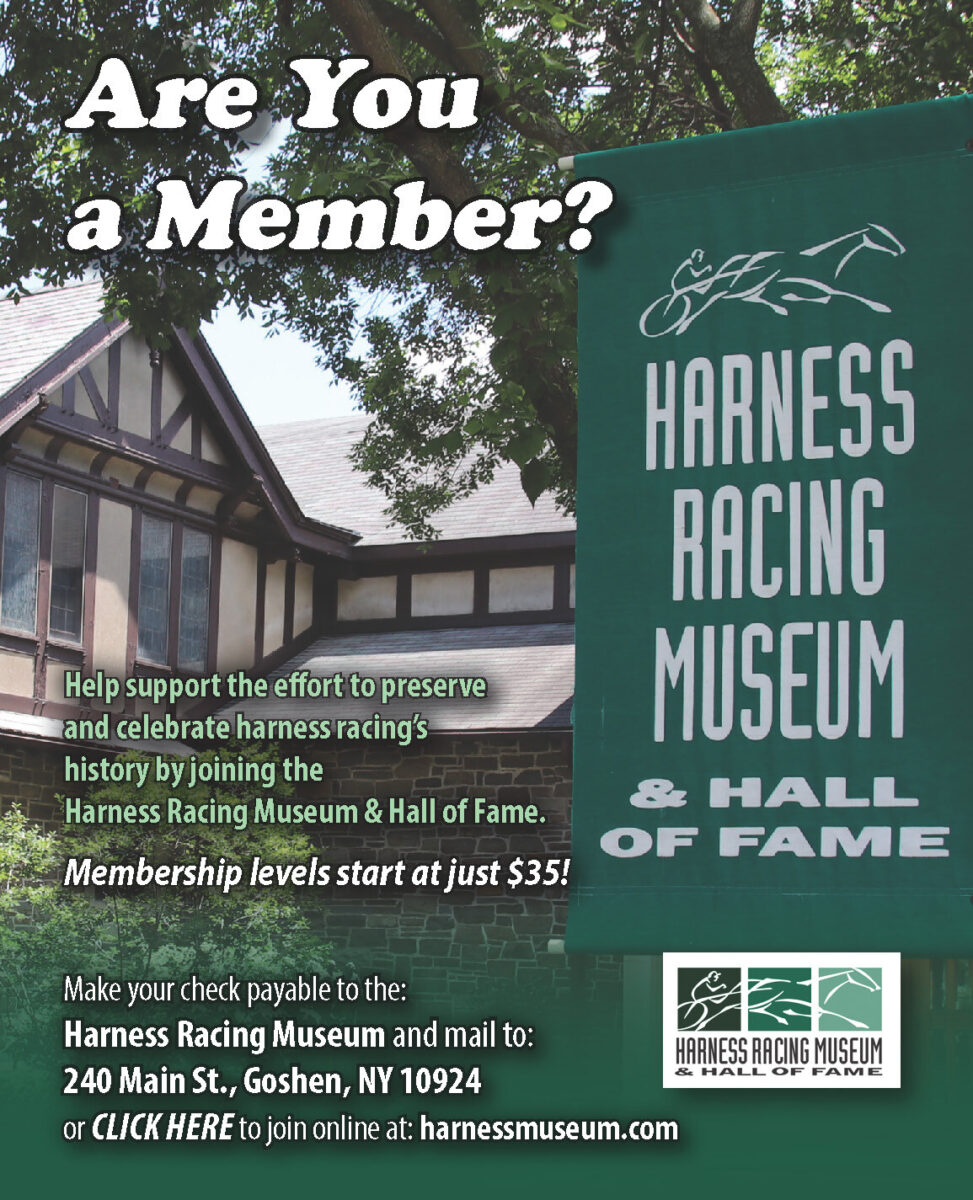
Two more questions for USTA presidential candidates
Two follow-up questions to last Sunday’s HRU feature in which Freddie Hudson, Ryan Macedonio, Joe Pennacchio, Jason Settlemoir and Russell Williams tackled some of the biggest issues facing the sport.
compiled by Dave Briggs
Last Sunday, Harness Racing Update (HRU) published a feature in which the five candidates for the presidency of the United States Trotting Association (USTA) were each asked five questions about some of the most important issues facing the sport. After the story was published, a reader sent in two follow-up questions that we posed to the five candidates: Freddie Hudson, Ryan Macedonio, Joe Pennacchio, Jason Settlemoir and Russell Williams. All but Hudson responded prior to press time and their answers follow.
USTA directors will elect a new president on Feb. 27 at the Association’s annual meeting in Las Vegas. For more information, please visit the US Trotting site.
The follow-up questions:
1. It is very evident that sometime in the fairly near future that whipping will be an issue that the whole industry will have to confront? Do you support the current whipping rule? If not, what do you see as a rule that would be both acceptable to the industry and the public including the cruelty to animal groups?
2. It is also clear that the judges at several tracks do not know the rules, refuse to enforce the rules, or enforce them without any consistency. Do you think the USTA has a responsibility in this area and what would you do to standardize the rulings?
RUSSELL WILLIAMS
1. It is very evident that sometime in the fairly near future that whipping will be an issue that the whole industry will have to confront? Do you support the current whipping rule? If not, what do you see as a rule that would be both acceptable to the industry and the public including the cruelty to animal groups?
“Whips play an indispensable safety role, so they should not be banned. The various players in this controversy – drivers, trainers, track management, paddock veterinarians, judges, commissions, and owners – have to behave more professionally and humanely. The old saw that bettors want to see the drivers carving on their horses near the wire, so they know they’re trying, is outdated and mistaken. Even if it had any shred of truth in it, it would not outweigh the humane considerations and the real threat that improper whipping poses to our continued existence. Judges and paddock vets are somewhat under the influence of track management, let’s face it. Some track management encourage and support strict action on whipping infractions. Other tracks do not, and these are the first ones in danger of going the way of the Massachusetts greyhound tracks. We took one of our state reps and his Generation X daughter to the races one night. As we were leaving, we asked her what she thought. The first words out of her mouth were, ‘Doesn’t it hurt the horses when they beat them like that?’ This is what our potential new fans see first. We have to stop it.”
2. It is also clear that the judges at several tracks do not know the rules, refuse to enforce the rules, or enforce them without any consistency. Do you think the USTA has a responsibility in this area and what would you do to standardize the rulings?
“The USTA recognizes that improper whipping violates humane principles, commission regulations, and USTA rules, and threatens our continued existence. We will continue to press for resolution of this unnecessary issue.”
JASON SETTLEMOIR
1. It is very evident that sometime in the fairly near future that whipping will be an issue that the whole industry will have to confront? Do you support the current whipping rule? If not, what do you see as a rule that would be both acceptable to the industry and the public including the cruelty to animal groups?
“Over the last several years many jurisdictions have updated or totally revamped their whipping rules. My tracks have been no different. I obviously believe that whipping a horse in this day and age is detrimental to our sport’s perception. The USTA has made progress with stiffer penalties and fines for whipping and repeat offenders. My personal belief is that a driver should have a line in each hand until the top of the stretch and a driver should be able to whip twice within the approved areas and then pause before whipping again. I also believe that no driver at anytime should lift his arm above the shoulder while whipping. Over the last several years, I have been working with some industry insiders to enlarge the saddle pads and also on a different type of whip. We must continue to focus on this area as there is definitely a perception issue.”
2. It is also clear that the judges at several tracks do not know the rules, refuse to enforce the rules, or enforce them without any consistency. Do you think the USTA has a responsibility in this area and what would you do to standardize the rulings?
“I do believe the USTA through the district chairman of each district should be working with each regulatory body to adopt the same rules and regulations the USTA has in place. It is very important that each jurisdiction receives our updated rules and regulations each year and each chairman should have the responsibility to talk and work through an implementation process of these rules. The one rule for instance I consistently hear about is the “pylon rule”. The pylon rule in my opinion needs to be one that really there is no interpretation, as this may be the most frustrating among our core customers, the gamblers.”
JOE PENNACCHIO
1. It is very evident that sometime in the fairly near future that whipping will be an issue that the whole industry will have to confront? Do you support the current whipping rule? If not, what do you see as a rule that would be both acceptable to the industry and the public including the cruelty to animal groups?
“First, and let me make this perfectly clear, I do not support anything that endangers the well-being of a horse in any way. That is why, at our track here in Florida, we have expelled a driver for indiscriminate use of the whip and have disallowed applicants that have such findings on their record. Horses give all they have to give. (this is one of the reasons I love the use of earplugs.) If any horse is the subject of abuse, the judges need to set strict disciplinary measures, as we have done here.”
2. It is also clear that the judges at several tracks do not know the rules, refuse to enforce the rules, or enforce them without any consistency. Do you think the USTA has a responsibility in this area and what would you do to standardize the rulings?
“I believe that applicants for a judge’s license should be put through rigorous training through an updated program developed by the USTA. Furthermore, continuing education programs must be a requirement to retain these positions, which are of the utmost importance to the sport and, even more importantly, the public. I believe that a uniform set of requirements should be set for all judges at all tracks. We might even have to entertain the idea of having roving judges, just as baseball does with its umpiring crews.”
RYAN MACEDONIO
1. It is very evident that sometime in the fairly near future that whipping will be an issue that the whole industry will have to confront? Do you support the current whipping rule? If not, what do you see as a rule that would be both acceptable to the industry and the public including the cruelty to animal groups?
“It does not matter what any of us think or say here. If we want new people and new fans to invest in our sport, we have to acknowledge that there is a growing perception of animal abuse in any industry that uses animals! The circus just went out of business! If we don’t realize that, we will have activists groups and negative publicity, which we cannot afford. There needs to be more publicity explaining the uses of the whip. There is a difference between emergency use of the whip and encouragement use of the whip. You would have to visually show in a video package the proper use of the whip and dangers can be avoided by letting the drivers carry one. If we were to completely ban them tomorrow, it would take time to get used to, but we’d all get over it and adapt. HD cameras allow for a closeup of horses and drivers coming down the stretch, and you can clearly see a horse being struck one handed now. They also allow for seeing a driver kick a horse. That is not good for the sport.”
2. It is also clear that the judges at several tracks do not know the rules, refuse to enforce the rules, or enforce them without any consistency. Do you think the USTA has a responsibility in this area and what would you do to standardize the rulings?
“The NBA has enforced a transparency policy and officials report after each game. It holds everyone accountable and shows the public that they care. Why can’t we implement this? We also can eliminate and rewrite certain rules to eliminate judges’ discretion. A recent rule change was proposed about pylon violations, where if a driver hit a certain number of pylons, there is a specific punishment. It eliminates the need for a judge to determine if it affected the race results. Let’s simplify everything and enforce the rules.”
